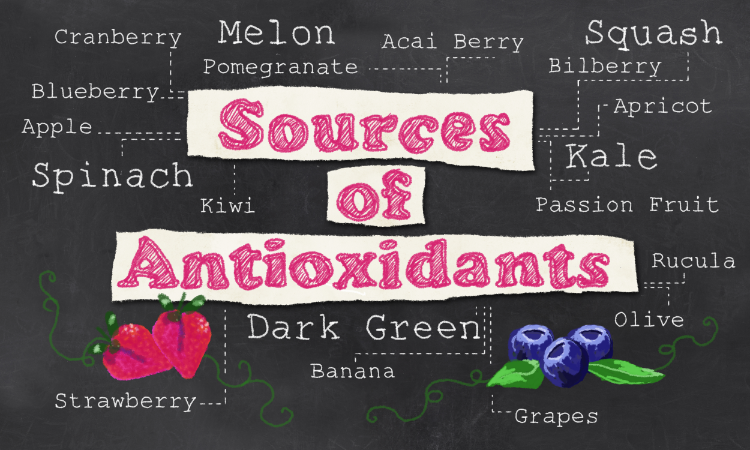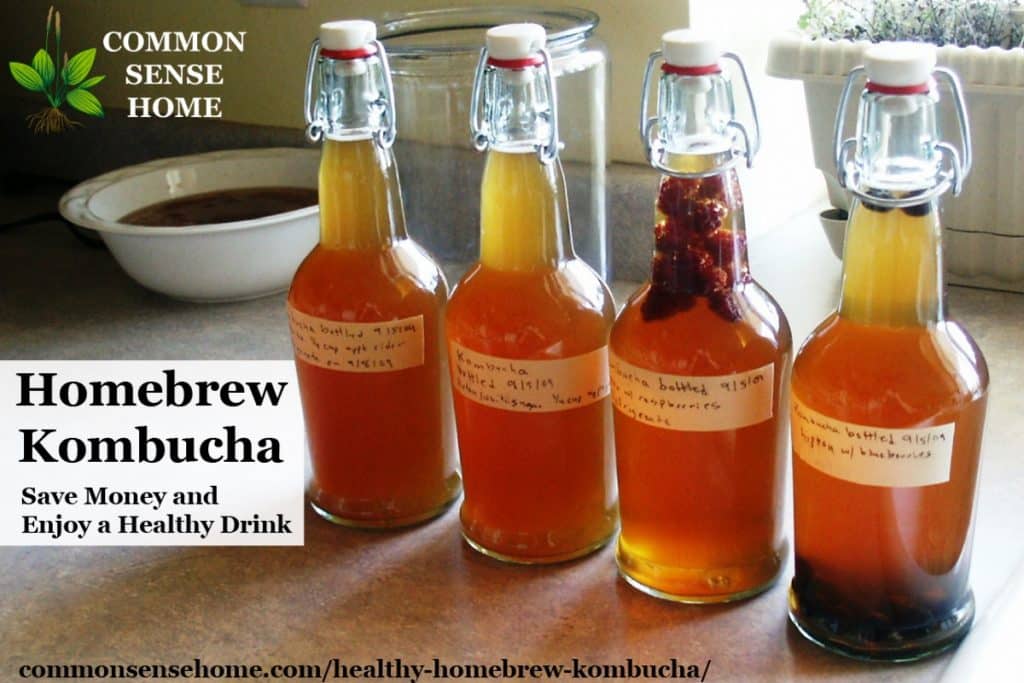Ah, Kombucha! A drink that has been brewing in popularity over the past few years. The buzz surrounding it isn’t merely because of its distinct taste, but largely due to the myriad health benefits it offers. If you’ve ever wondered, “What is Kombucha?“, or pondered about its advantages, then you’re in the right place. Today, we’ll dive deep into The Benefits of Drinking Kombucha and How to Make it at Home.
What is Kombucha?

Kombucha is a fermented tea that has its origin in ancient China, where it was consumed over 2000 years ago for its health benefits. This tangy, sometimes fizzy drink is made by fermenting sweetened black or green tea with a symbiotic culture of bacteria and yeast (often referred to as SCOBY). Over time, as the sugar breaks down, a refreshing beverage is created, boasting a range of benefits.
Why is Kombucha Popular?
Today, Kombucha has taken over the shelves of health stores and supermarkets globally. But why? The answer lies in its multiple health benefits. Let’s explore them:
Source of Antioxidants

Kombucha, especially when made from green tea, is a source of antioxidants that can fight free radicals in the body. Antioxidants are known to combat oxidative stress, which is implicated in various diseases.
Help with Gut Health

Kombucha is a fermented product, and like other fermented foods, it’s rich in probiotics. Probiotics are beneficial bacteria that can aid in digestion and promote a healthy balance of gut flora.
Detoxification

This beverage has detoxifying properties that can assist the liver in filtering out harmful compounds, thereby promoting optimal liver health.
Provide Immune Support

With its high content of antioxidants and beneficial probiotics, Kombucha can offer a boost to your immune system, ensuring you stay healthy and ward off common ailments.
Protect Against Cancer

Several studies suggest that Kombucha might play a role in cancer prevention. It’s believed to inhibit the growth and spread of cancerous cells, thanks to its rich composition of tea polyphenols and antioxidants.
Help with Type 2 Diabetes

Regular consumption of Kombucha, particularly those made from green tea, might help in managing blood sugar levels, potentially providing benefits for those with Type 2 Diabetes.
Assistance with Heart Disease

Heart disease remains a leading cause of death worldwide. Kombucha can improve “bad” LDL and “good” HDL cholesterol levels, potentially reducing heart disease risks.
Boost Mental Health

Certain compounds found in Kombucha are believed to promote mental well-being and could play a role in treating depression and anxiety.
How to Make Kombucha at Home:

Ingredients:
- 1 cup of sugar
- 8 bags of tea (black or green tea)
- 2 gallons of distilled or filtered water
- 2 cups of pre-made kombucha (store-bought or from a previous batch)
- 1 SCOBY (symbiotic culture of bacteria and yeast)
Instructions:
Tea Preparation: Boil the water and dissolve the sugar in it. Once the sugar is dissolved, add the tea bags and let it steep until the water has cooled.
Adding the SCOBY: Once cooled, remove the tea bags, pour the sweetened tea into a large glass jar, and add the pre-made kombucha. This helps acidify the brew and prevent harmful bacteria from growing.
Place the SCOBY into the jar.
Fermentation: Cover the jar with a cloth and secure it with a rubber band or string. This allows the kombucha to breathe and ferment.
Store the jar in a warm, dark place for 7-20 days. The longer it ferments, the tangier it will become.
Second Fermentation (Optional): Once the primary fermentation is complete, you can remove the SCOBY and pour the kombucha into bottles. You can also add flavorings like ginger, berries, or herbs at this stage. Seal the bottles and let them ferment for 3-7 more days.
Refrigerate and Enjoy: Once you’ve achieved your desired level of fermentation, refrigerate your kombucha. The cold will slow down the fermentation process.
Remember to always work with clean equipment to avoid contamination. If your kombucha ever smells off, or if mold forms on the top, discard it.
How Much to Drink

The amount of kombucha you should drink varies by individual. For beginners, it’s a good idea to start with 4-8 ounces a day and see how your body reacts. Over time, if you feel good, you can gradually increase your consumption. Some people drink 16 ounces or more daily. However, because of its acidity and potential to cause bloating or digestive discomfort in some individuals, it’s best to listen to your body and adjust your intake accordingly. Always consult with a healthcare professional if you have concerns.
Advanced Tips for Home Brewing

Temperature is Key: The optimal temperature for kombucha fermentation is between 68-78°F (20-25°C). Maintaining this temperature range can lead to a smoother fermentation process. In colder environments, consider using a heating mat to maintain the desired temperature.
Experiment with Teas: While black and green teas are most commonly used, you can explore other tea varieties like white, oolong, or even herbal teas. Each tea imparts a unique flavor and nutrient profile to the final brew.
Advanced Flavoring: For those looking to push their flavoring boundaries, consider infusing kombucha with spices (like cinnamon or star anise), florals (like lavender or rose), or even exotic fruits. Remember, adding sugary additives during the second fermentation can increase carbonation, so always open bottles with care to avoid overflow.
Continuous Brewing: Instead of the traditional batch method, some advanced brewers adopt a continuous brewing system. In this method, you draw off some kombucha for consumption and add fresh sweetened tea to the same fermentation vessel. Continuous brewing can provide a consistent supply of kombucha and might result in a more complex flavor profile.
The Science Behind Kombucha
While many of the benefits associated with kombucha are based on anecdotal evidence and traditional use, scientific research on kombucha is still in its early stages. It’s essential to approach the claims made about kombucha with a critical mindset:
Research: Most of the scientific studies on kombucha have been conducted on animals or in test tubes. Human-based studies are limited, and more research is needed to confirm the health benefits in humans.
Variability: The composition of kombucha can vary significantly based on factors like the tea used, the sugar source, fermentation time, and the specific strains of bacteria and yeast present. This variability means that the health benefits (or potential risks) might differ from one batch to another.
Incorporating Kombucha into Your Daily Life

For those who’ve developed a taste for this tangy beverage, integrating Kombucha into your daily routine can be both refreshing and beneficial. However, how you do it matters.
Starting Slowly
If you’re new to Kombucha, begin with smaller quantities. A glass a day is a good start. This allows your body to adjust to the probiotics and acids in the drink. Over time, as your body becomes accustomed, you can gradually increase the amount you consume.
Mixing it Up
While classic Kombucha has a distinct taste, don’t hesitate to get creative. Mix in fresh fruits, herbs, or even spices to concoct your unique blend. Ginger, mint, berries, and even citrus fruits can add an exciting twist to your homemade brew.
Morning or Evening?
Many Kombucha enthusiasts swear by starting their day with a glass, citing it as an energy booster. Others prefer it in the evening as a relaxing ritual before bed. Figure out what works best for you. Remember, it does contain trace amounts of caffeine, especially if brewed with black or green tea.
Use as a Mixer
Kombucha can be an excellent base for healthier cocktails or mocktails. Its natural fizziness provides a soda-like texture. Combine it with a splash of gin or vodka and some fresh lime for a healthier alternative to classic cocktails.
Storing Your Kombucha

Post-fermentation, it’s essential to store your Kombucha correctly. Glass bottles with airtight caps work best. This ensures the drink remains fizzy and fresh. Refrigeration slows down the fermentation process, so always keep your bottles chilled unless you prefer a tangier taste. If kept outside, the Kombucha will continue fermenting, which might make it too sour for some.
Side Effects of Kombucha

While Kombucha is beneficial, excessive consumption might lead to digestive issues, infections, or allergic reactions. It’s essential to ensure the drink is properly prepared and stored to avoid contamination. Always consult with a healthcare professional before introducing any new supplement or drink into your routine, especially if you’re pregnant or have an underlying health condition.
Conclusion
Embarking on the Kombucha journey is a delightful experience, connecting you to an ancient tradition while reaping modern health benefits. Like all things, knowledge and moderation are paramount. Whether you’re brewing at home or picking up a bottle from the store, Kombucha promises a burst of flavor with a side of wellness. So, here’s to exploring, experimenting, and enjoying this effervescent elixir of health. Its multifaceted appeal, from health benefits to its integration into culinary arts and sustainable practices, showcases its profound impact. As the world continues to embrace Kombucha, it stands as a testament to how traditions can beautifully blend with modern lifestyles, creating harmonious, healthful symphonies. So, here’s to the timeless allure of Kombucha – may its bubbles continue to inspire, refresh, and heal.
